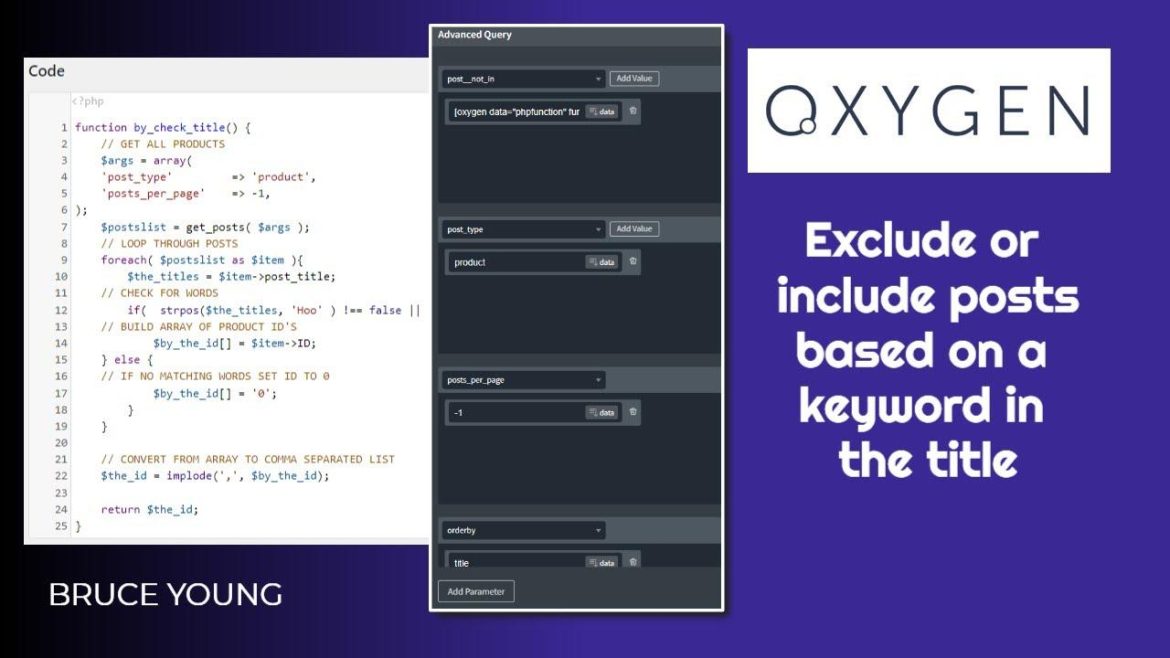In an increasingly digital world, the age-old practice of certifying achievements and credentials on paper is facing a transformative challenge. As technology continues to reshape our daily lives, so too does it influence the way we document our milestones—be it educational degrees, professional licenses, or even accolades for personal pursuits. Welcome to the era of electronic certificates, a modern alternative that promises convenience and efficiency, yet raises questions about security, accessibility, and authenticity. In this article, we delve into the shifting landscape of certification, exploring the compelling pros and cons of electronic versus paper certificates. Join us as we navigate the complexities of this transition, evaluating whether the future truly belongs to digital documentation or if traditional paper still holds its ground in a world enamored with innovation.
Embracing Change in Certification: The Rise of Electronic Documents
As we journey through an increasingly digital world, the evolution of certification from traditional paper to electronic documents represents a significant shift in both accessibility and efficiency. Electronic certificates offer several advantages that make them appealing in today’s fast-paced environment:
- Instant Access: Recipients can obtain their certificates immediately after completion, eliminating delays.
- Ease of Sharing: Sharing electronic documents via email or cloud storage is effortless, enhancing networking opportunities.
- Environmental Impact: Reducing paper usage aligns with sustainability efforts and lowers overall carbon footprints.
- Enhanced Security: Digital certificates can incorporate blockchain technology, making them harder to forge.
However, this transformation is not without its drawbacks. Challenges such as digital literacy and security concerns persist, leading some individuals and organizations to hesitate in fully embracing this shift. To assess the overall landscape, consider the following table that contrasts the traditional paper format with electronic documentation:
| Aspect | Paper Certificates | Electronic Certificates |
|---|---|---|
| Cost | Printing & shipping fees | Lower, mainly digital storage |
| Accessibility | Requires physical storage | Accessible anytime, anywhere |
| Verification | Manual checks | Automated verification possible |
Navigating this transition involves weighing these pros and cons carefully, as each individual and organization must determine what best suits their unique needs and circumstances.
Balancing Benefits and Drawbacks: A Comprehensive Look at Digital versus Traditional Certificates
As the landscape of certification evolves, a comparison between digital and traditional certificates unveils a range of **advantages** and **disadvantages**. On the one hand, digital certificates shine due to their **convenience**, allowing for instant delivery and easy access across devices, while also reducing costs associated with printing and shipping. Furthermore, they offer enhanced security features that can help in verifying authenticity, minimizing the risk of forgery. On the flip side, traditional paper certificates still hold significant value, often perceived as more **formal** and **personal**, offering a tangible method of recognition that some still cherish. However, these can be cumbersome to manage, prone to damage, and environmentally taxing due to the paper waste associated with their production. To break it down further, consider the following table:
| Aspect | Digital Certificates | Traditional Certificates |
|---|---|---|
| Cost | Lower – No printing/shipping expenses | Higher – Incur costs for physical materials |
| Accessibility | Instant access via email or cloud | Limited to physical delivery methods |
| Security | Digital signatures and encryption | Vulnerable to forgery and damage |
| Perception | Modern and efficient | Traditional and prestigious |
This nuanced exploration emphasizes that both forms of certification carry unique implications, leaving future decisions to individual preferences and specific contexts of use.
To Wrap It Up
As we stand at the crossroads of tradition and innovation, the discussion surrounding electronic certificates versus their paper counterparts invites us to reflect on our evolving world. While the allure of digital convenience and sustainability calls to many, the familiarity and tangible nature of paper still hold significant weight. It is clear that both forms of certification have their merits and drawbacks, each catering to different needs in our increasingly complex society.
As we navigate this shift, it is essential to remain informed and adaptable, considering the implications of our choices not only for ourselves but also for the environments and communities we inhabit. The conversation surrounding electronic versus paper certificates will undoubtedly continue, shaped by advancements in technology, environmental concerns, and the unique demands of various sectors.
Ultimately, the future may not be a question of choosing one over the other but rather an exploration of how to harmonize the strengths of both. As we embrace the digital age, let us do so thoughtfully, ensuring that progress is both inclusive and respectful of our shared legacies. In this unfolding narrative, the balance between innovation and tradition will be the key to a promising future, where the medium of certification enhances rather than diminishes our experiences and achievements.


